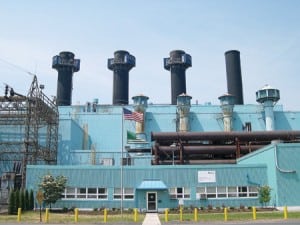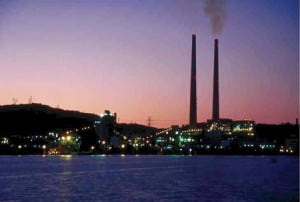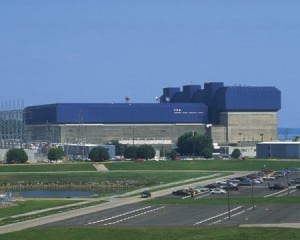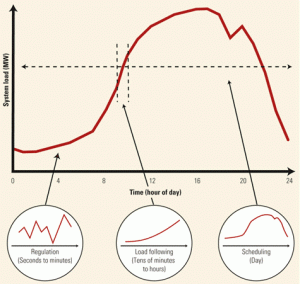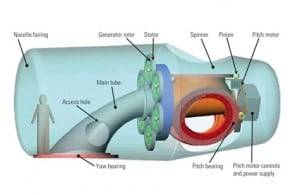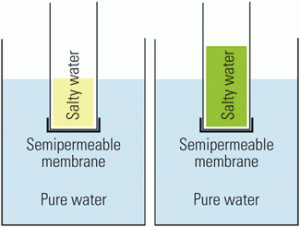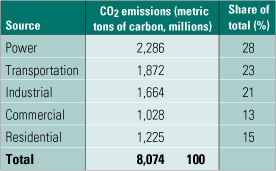Features
-
Gas
Burning landfill gas has environmental and economic benefits
The conflicting challenges of operating a plant beyond its prime and Exelon’s commitment to manage carbon emissions from its power system are pushing the company’s plant engineers to innovate. An example: Fairless Hills Generating Station was given a complete overhaul and now burns landfill gas that otherwise would be treated as waste.
-
O&M
Vacuum-driven "hypo" chlorination is safer and cheaper
Safety issues related to the use of gaseous chlorine for disinfecting cooling water are pushing plant operators to examine other alternatives. Two units of Cardinal Generating Station recently switched to a liquid chlorination system, with pumpless vacuum injection, that was easy to install and has proven reliable. That switch has resulted in one less safety headache for the operations staff and one less invitation to regulatory scrutiny.
-
News
This month in POWER . . .
January 1885 The cover story of this issue reviewed the latest power generation technology then entering the market. "The Fishkill vertical direct acting condensing engine . . . has a heavy bed-plate of box form, with pillow-block for main journal cast on. The upright frames are A-shaped, with hollow cylindrical legs, which rest on the […]
-
Nuclear
DOE project converts weapons-grade uranium to fuel for Browns Ferry
An offshoot of the 1993 Megatons to Megawatts nonproliferation program, the Blended Low-Enriched Uranium (BLEU) project has modified and developed new fabrication processes for converting surplus weapons-grade uranium materials into nuclear fuel for TVA’s Browns Ferry Nuclear Plant. This innovative public/private venture continues to deplete nuclear arsenal stockpiles while reducing storage, security, and disposal costs to U.S. taxpayers.
-
Wind
Unique challenges face wind power developers, buyers
Utility resource planners are used to viewing new generation in terms of firm, dispatchable capacity. Dispatching a renewable resource such as wind requires a different perspective. Wind capacity can serve as a hedge against fossil fuel price risks and perhaps future emissions restrictions, but it requires a much more structured planning horizon. Integrating wind farms into their portfolios may be the most difficult challenge utilities face today.
-
Gas
Wind farmers: Heed the lessons of the merchant gas-power business
The wind energy business is beginning to look as frenetic as the merchant gas-fired power business in the late 1990s—with some critical differences. If the 10 issues listed here are addressed soon, wind power may avoid a crash and burn similar to the one that beset the gas turbine business.
-
Hydro
Osmotic power from the ocean
In chemistry, osmosis refers to the movement of water molecules through a selective membrane from an area of low solute concentration to an area of high solute concentration, creating a pressure gradient. Researchers have recently demonstrated that exploiting this natural phenomenon could produce useful amounts of electrical power.
-
Business
The five deadly sins of project management
IT project engineering skills aren’t taught in college; they’re developed through on-the-job training with seasoned mentors. Begin honing your project management skills by firmly grasping the fundamentals presented in this article.
-
Coal
Utilities split on readiness of IGCC
For some gencos, the dearth of operating experience for integrated gasification combined-cycle plants adds too much uncertainty to the risk/reward equation for new-capacity technology options. For others, the possibility of being able to comply with air pollution limits as far out as 2018, as well as to meet all-but-certain CO2 caps, makes IGCC well worth investing in—now.
-
Coal
Technology options for capturing CO2
Concerns about global climate change have prompted interest in reducing or eliminating the carbon dioxide (CO2) emissions of fossil fuel-fired power plants. Here’s a guide to the technology and economics of three CO2 capture methods: postcombustion separation of CO2 from flue gas (applicable to existing plants), and oxygen-fired combustion and precombustion capture (suitable for new coal-fired capacity, including IGCC plants).

